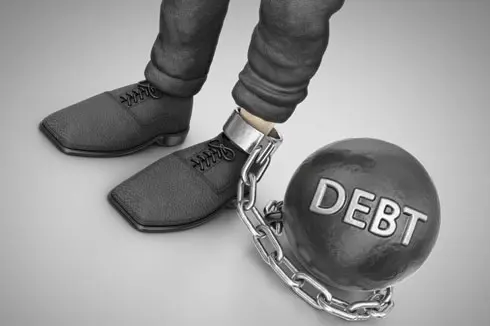Comparing Unsecured and Secured Loans

Get rid of your debt faster with debt relief
Choose your debt amount
Or speak to a debt consultant 844-731-0836
- 2 min read
- A debt consolidation loan can be secured or unsecured.
- Secured loans require collateral.
- Unsecured loans usually have high interest rates.
Need a Consolidation Loan or Money for Home Repairs? Read About Your Options.
You may be considering a loan to consolidate credit card debt, or perhaps a loan to repair or remodel your home. This article discusses your loan options, and contains a links to learn more about your loan and grant options.
In general, loans fall into two categories:
- Secured
- Unsecured
A secured loan uses your property as collateral, which is called the security. If you default, the lender claims the security to pay off your loan. Although the interest rate on a secured loan is lower than an unsecured loan, the security is at risk if you fail to make the monthly payments. Typical secured loans include mortgages, vehicle loans, or pawn shop loans.
An unsecured loan is also called a personal loan or signature loan. It requires no collateral. Unsecured loans command higher interest rates than secured loans. Typical unsecured loans include credit cards, student loans, and payday loans.
With an unsecured note, the lender takes much more risk, as they have few ways to recoup their losses in case of default. This results in a higher interest rate. However, some banks and credit unions offer unsecured consolidation and home repair loans, depending on the borrower's credit score. Speak with local lenders to learn what unsecured loans they offer.
Home Equity
In a debt consolidation loan, you exchange one loan for another. The most frequent form is taking out a mortgage loan, which usually carries a lower interest rate and may be tax deductible, to pay off high interest rate credit card debt. If you own a home with equity, you may want to consider a cash-out mortgage refinance.
Be aware that shifting unsecured debt to secured debt can create a volatile situation. If there is ever a chance that you cannot afford the new mortgage payment you are now putting yourself at risk of foreclosure! In the case of a debt relief loan, most mortgages are 30-year loans, which means that the total cost and the time to debt freedom could be very high, but the monthly payment will be lower than other options and there is generally no credit rating impact.
Summary
You may qualify for an unsecured consolidation loan to pay off your debts, but if you have no collateral, such as a home, the interest rate would probably approach that of your existing credit cards. Another option is a grant or loan from the federal government. See the Bills.com resource Home Repair Loans and Grants for a list of 10 government loans and grants.
To read more about cash-out refinances, visit the Bills.com refinance page or the 4 Reasons for a Cash-Out Refinance article.
Dealing with debt
Debt is used to buy a home, pay for bills, buy a car, or pay for a college education. According to the NY Federal Reserve total household debt as of Q4 2023 was $17.503 trillion. Auto loan debt was $1.607 trillion and credit card was $1.129 trillion.
According to data gathered by Urban.org from a sample of credit reports, about 26% of people in the US have some kind of debt in collections. The median debt in collections is $1,739. Student loans and auto loans are common types of debt. Of people holding student debt, approximately 8% had student loans in collections. The national Auto/Retail debt delinquency rate was 4%.
The amount of debt and debt in collections vary by state. For example, in Massachusetts, 17% have any kind of debt in collections and the median debt in collections is $1580. Medical debt is common and 4% have that in collections. The median medical debt in collections is $408.
Avoiding collections isn’t always possible. A sudden loss of employment, death in the family, or sickness can lead to financial hardship. Fortunately, there are many ways to deal with debt including an aggressive payment plan, debt consolidation loan, or a negotiated settlement.